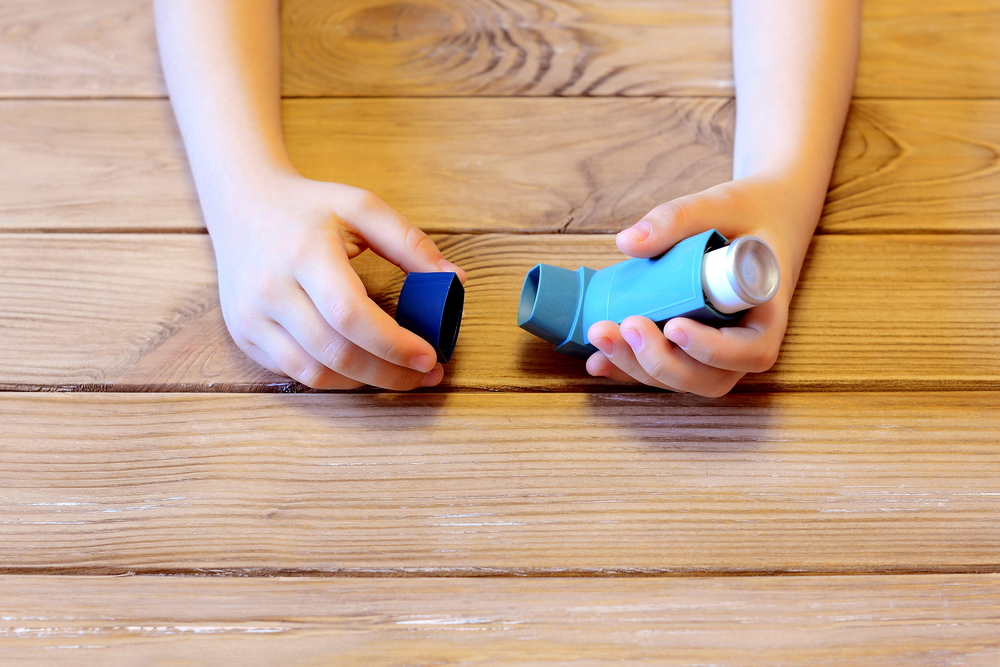UTI in children- how do you know a child has a UTI?
Medically Reviewed by Dr Richard Bennett
Last updated on 19.06.2023
What is a UTI?
A UTI (Urinary Tract Infection) is an infection in the urinary tract, which is made up of
- the kidneys
- the ureters (the tubes that link the kidneys to the bladder)
- the bladder
- the urethra (the tube that you pee through)
UTIs are usually caused by bacteria and can involve some or all of the urinary tract. A UTI involving the kidneys tends to make a person much more unwell. UTIs are common in children, particularly in babies that wear nappies. UTIs are also more common in girls, as they have a shorter urethra than boys, making it easier for bacteria to enter the bladder.
How do you know if your child has a UTI?
Symptoms of UTI can be quite different, depending on the child’s age and the severity of infection.
An older child may complain of the same symptoms an adult would, including:
- Pain or burning sensation when peeing
- Frequency- peeing more often than usual
- Pain in the lower tummy (or in the back if the kidneys are involved)
- An unpleasant smell from the urine
- Blood in the urine
- Fever
- Vomiting
Symptoms of UTI in babies and smaller children
UTIs in younger children and babies may present in a less obvious way- the typical symptoms listed above may not occur. The child may just seem irritable, quiet or tired. They may go off their feeds. A small baby may refuse breast-feeds or bottles, cry more than usual, sleep too much and look pale or flushed. Any small baby displaying these symptoms should be seen urgently by a doctor- it could be a UTI or some other underlying infection.
How is a UTI diagnosed?
- Your doctor may suspect a UTI based on your child’s symptoms
- They may perform a dipstick test on your child’s urine, and a sample may be sent to the lab for further tests.
- Sometimes an ultrasound scan of the urinary tract may be advised, particularly if a child has had several UTIs.
Why do children get UTIs?
A UTI is usually caused by bacteria getting into the urinary tract through the urethra (the tube where pee comes out), which can then spread into the bladder and further up into the kidneys. These bugs most often come from the bowel or from traces of poo on the skin. Children in nappies may be more prone to this.
Less commonly, a child may have an underlying medical condition that leads to UTIs (such as urinary reflux, also known as vesicoureteric reflux). If a child gets repeated UTIs, your doctor may recommend tests, such as an ultrasound scan of the urinary tract. They may also refer your child to see a paediatrician.
When should you bring your child to the doctor?
You should bring your child to the doctor if you think they have a UTI or if they have a fever with no obvious cause. As mentioned above, any baby or younger child who is generally unwell, off their feeds, irritable or sleepy should be seen by a doctor, as it could be a UTI or some other underlying infection.
What is the treatment for UTI in children?
A course of oral antibiotics will clear infection in most cases. More severe infection may require antibiotics through an intravenous drip.
Read more about UTIs in kids at the RCH website, or speak to your GP if you have any concerns.

On a vegan diet?- some important things you should know
Vegan diet- a beginner's guide What is a vegan diet? A vegan diet, also known as plant-based, describes one that avoids any animal products. There are many subtypes of [...]
How to get rid of Jock Itch
How to get rid of Jock Itch What is Jock Itch? Jock Itch is a common name for the medical condition also known as "Tinea Cruris". Jock Itch is [...]
Acid reflux- what causes GORD, and how to get rid of it
Acid reflux- what causes GORD, and how to get rid of it Acid reflux is when stomach acid flows from the stomach upwards into the oesophagus. The oesophagus (us-off-a-gus) [...]
Why request an Asthma Action Plan?
Why request an Asthma Action Plan? What is an asthma action plan? A key part of asthma management is the preparation of a written asthma action plan by the [...]
How to get rid of a UTI
How to get rid of a UTI What is a UTI? UTI stands for Urinary Tract Infection (also referred to as a bladder infection or cystitis). UTIs are common, [...]
Lower Urinary Tract Symptoms in Men
Lower Urinary Tract Symptoms in Men What are Lower Urinary Tract Symptoms? ‘Lower urinary tract symptoms’ are symptoms related to passing urine and are common in men as they get [...]










